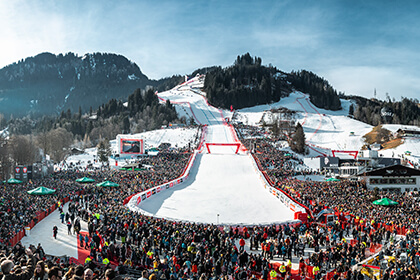
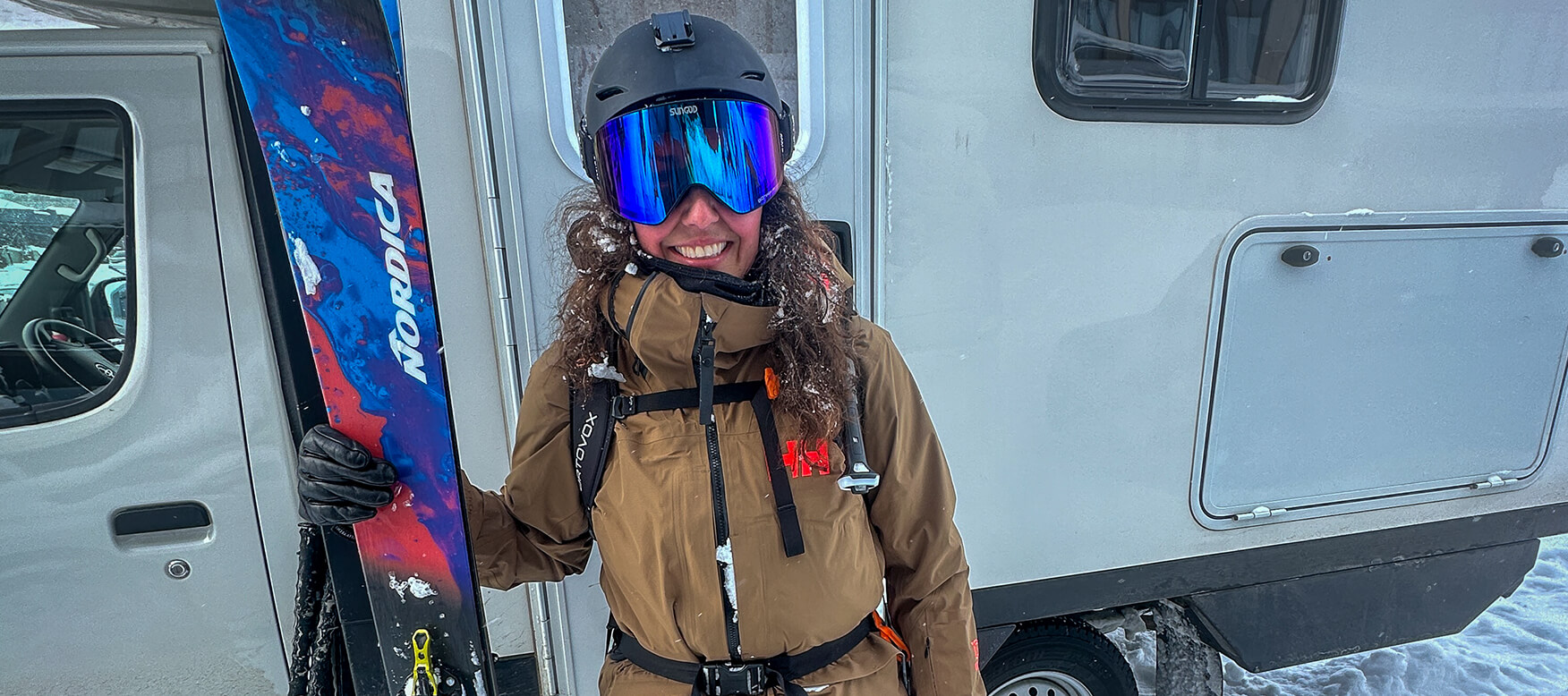
How to plan your ski trip to Japan
Text & Photos by Nat Segal
October 21, 2025
10 min read
Last season, I embarked on a dream ski trip to Japan, spending two weeks chasing powder across Hokkaido in a small RV. Ironically, in a year when there were record breaking snowfalls across Japan, we managed to visit one of the world’s most infamous powder skiing gems during 10 days when it didn’t snow once. In saying that, we spent our trip exploring terrain we didn’t expect to find in Japan, ski toured on several active volcanoes and ate more onigiri than our stomachs could handle.
It just goes to show that having a back-up plan can make or break your trip.
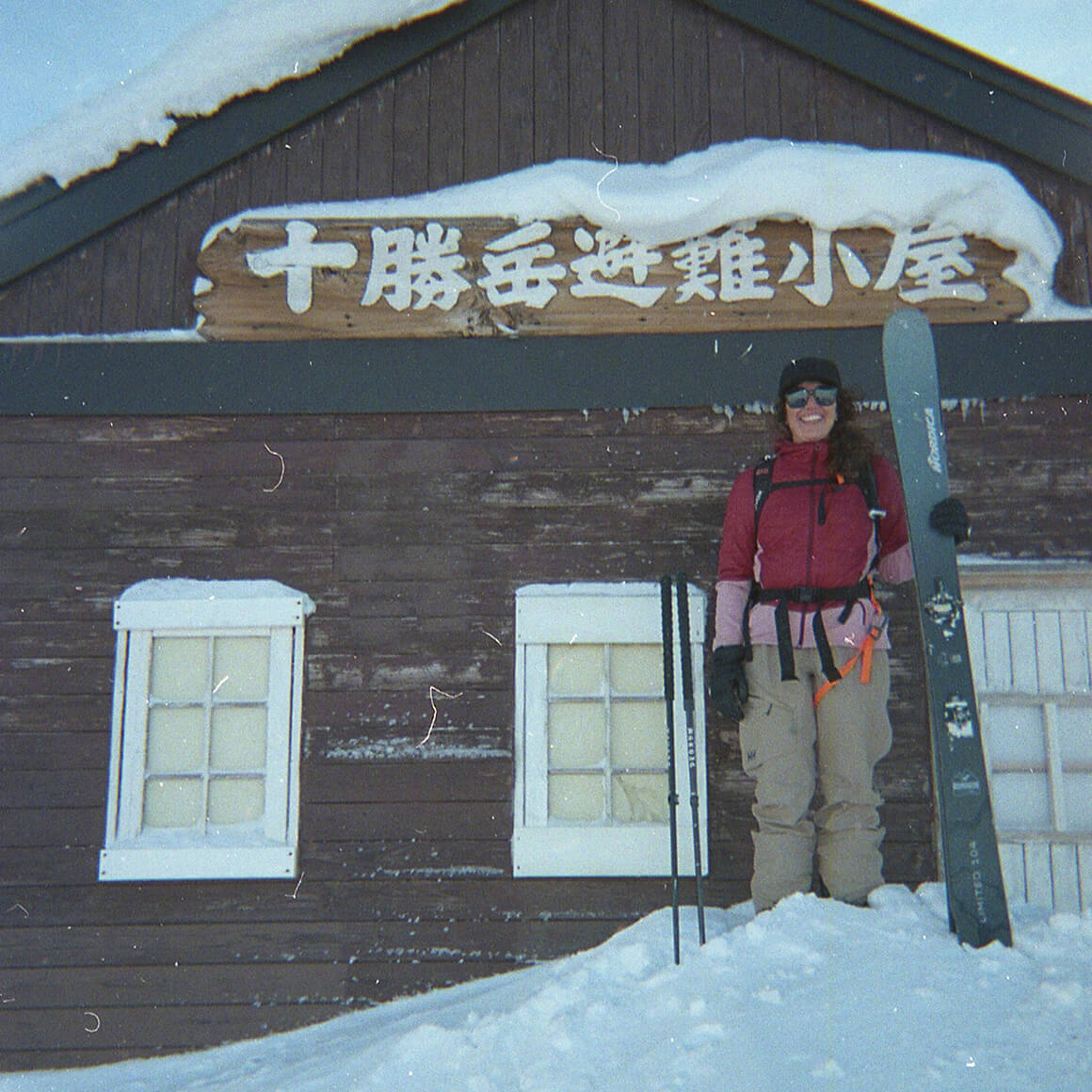
For most powder skiing lovers, Japan ranks highly on the ‘to ski’ list. It’s not just the infamous cold and light powder snow, that turns on like a tap sometime in December and will run throughout the winter, which makes it such a desirable destination. Beyond the amazing skiing and stunning mountainscapes, this beautiful and unique country has a whole culture to explore that you can’t dream of grasping in just one trip. I guess that’s what makes people come back time after time.
Japan’s first ski area opened in 1911 in Goshiki (Yonezawa City) and the first ski lift was built in 1937 in Akakura Onsen Ski Area (Niigata). While skiing in the country slowly grew from the 1950s onwards, during the 1980s due to an economic boom in Japan over 1,500 lifts were built between 1980-1990. While this boom has slowed, nowadays when you visit Japan you have a choice of over 560 ski resorts and an incredible amount of backcountry ski terrain. It’s no wonder that planning a trip to Japan can feel so overwhelming. Well, that was my experience late last year as I sat online trying my best to piece together my trip.
This wasn’t my first time travelling to Japan to ski, however, unlike previous trips, this time I was in charge of planning.
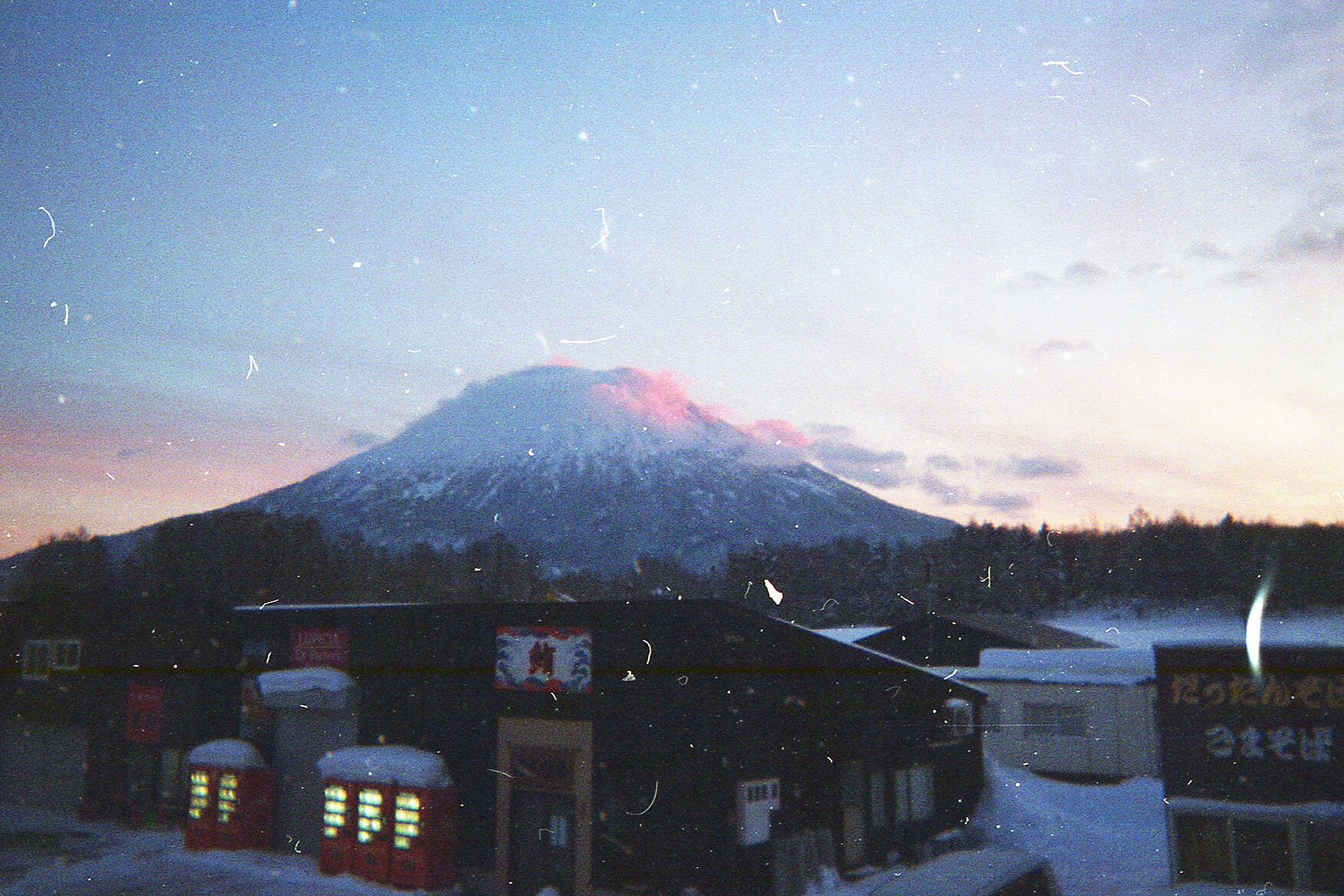
Timing and weather
January and February are considered the ‘best time’ to visit Japan for powder skiing. Historically, this time of year is when the snow falls most days and piles up meters at a time. Temperatures can run between above freezing and below -10 C and much colder overnight so make sure you pack different layers and a warm puffy to adjust to the weather.
Hokkaido (the northernmost island of Japan) is known for having a cold climate and a steady, consistent snowfall. This is due to what is known as ‘the lake effect’, however, the ‘lake’, is actually the Sea of Japan. When cold, dry air from Siberia passes over a warmer body of water, the water evaporates, saturating and warming the air. As this air rises over the mountainous regions of western Hokkaido it cools and falls as sweet, cold powder snow. The same effect is also true further south on Honshu but the temperature is colder further north.
Like everywhere on our planet climate change is influencing the weather patterns that create the snow globe that is Japanese winter. As a result, there are times during these golden months when snow turns to rain, or in our case, high pressure - including clear skies and no snowfall stick around for 7-10 days. It’s for this reason I’d recommend you plan to visit for a longer period and have some plans for non-skiing activities. There are some opportunities in December to find amazing pre-Christmas powder and spring skiing in March.
What = where?
‘What?’ is the most important question you need to ask yourself when planning a ski trip to Japan. While choosing the ‘what’ seems simple, go skiing in Japan, here are a few things you need to decide, would you prefer to ski at resorts vs. in the backcountry? Will you be visiting larger cities or do you want to focus on skiing? Do you want to travel or stay in one place? As I mentioned earlier there are so many locations to ski in Japan, if you don’t start narrowing them down by asking yourself some questions, you’ll need a long time to see everything.
Many people spend time both on Honshu (the largest and central islands of Japan) and Hokkaido on ski trips. Despite the incredible terrain that Honshu has in areas like Hakuba, we decided to focus our time in Hokkaido so that we wouldn’t have to jump between islands. If you do want to spend time between both regions, there is the option to travel by air, train and ferry between the two. I would plan to have at least two weeks per island.
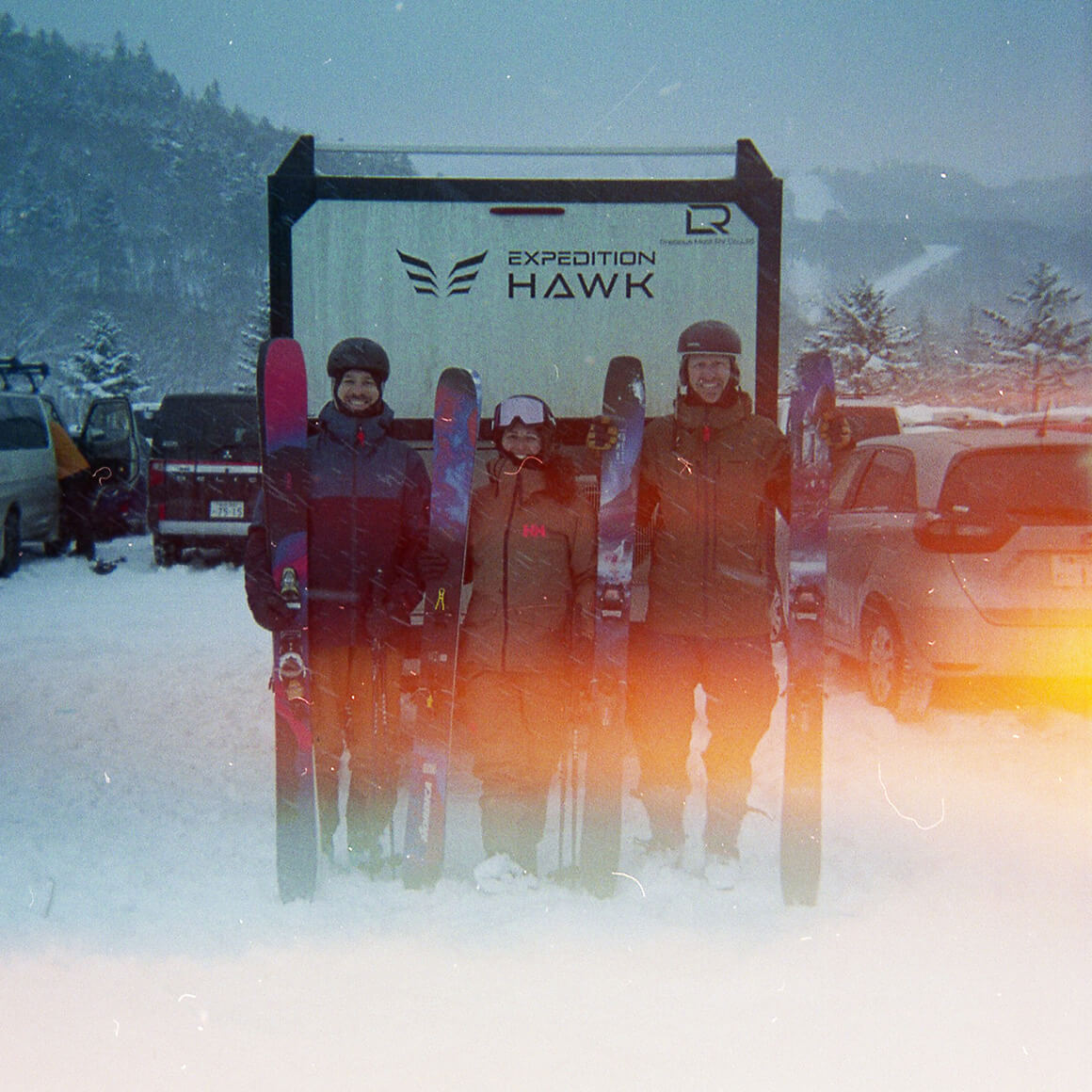
Our main aim for the trip was to travel to different mountainous regions in Hokkaido and go beyond the well-known areas around Niseko. For this reason, the ‘what’ led us to renting an RV for our two weeks stay. However, it’s not necessary to live out of an RV to travel around Hokkaido. Accommodation in the larger tourism areas such as Furano and Niseko were more pricey and harder to book. However, it is possible to keep your trip flexible by renting a car and following the snowfall between ski areas by renting smaller accommodations outside of the more popular zones. I would however pre-book some accommodation as Hokkaido is a busy destination in the wintertime.
RV Living
While this was not my first rodeo living in an RV while skiing, it was the longest time I have spent in an RV, and I’ve got to say I loved it. The most difficult part of the process was finding an RV that was available in January. RV camping has become a popular way to travel in the winter in Hokkaido and there are only a small number of RV’s that are winterized. We booked our little ‘Hawk Expedition’ two months in advance but it was one of the last models available. If this is something you are planning, make sure you book ahead.
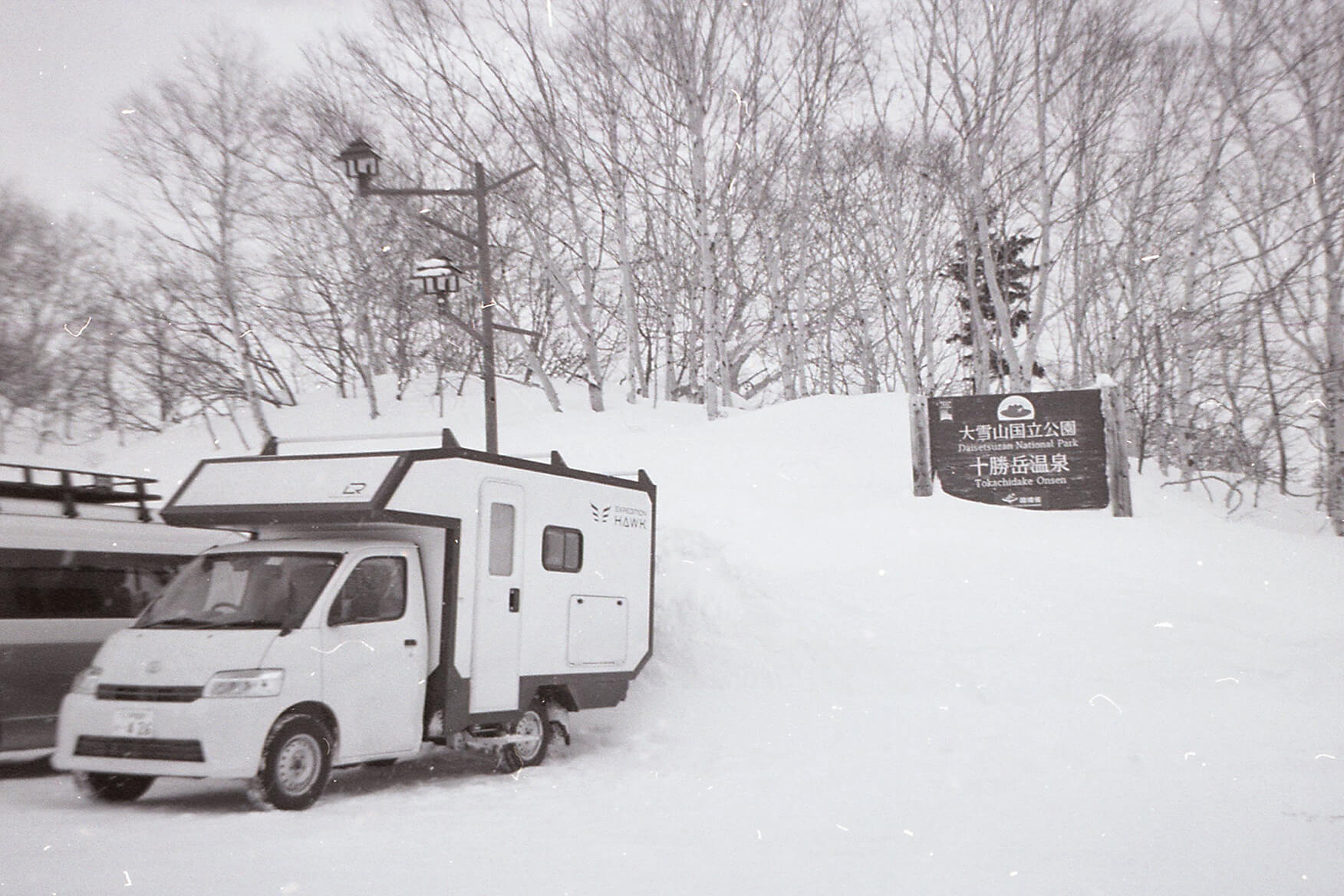
The RVs are generally equipped with FWD, winter tires and a heating system that runs off the vehicle’s gas tank. Our Hawk Expedition charged itself while we drove and could run lighter power systems for over 12 hours without moving. Being a basic model, our only cooking device was a microwave (that was great for convenience store meals), which meant we ate out at small local restaurants for most meals. Finding our next meal while travelling was an adventure.
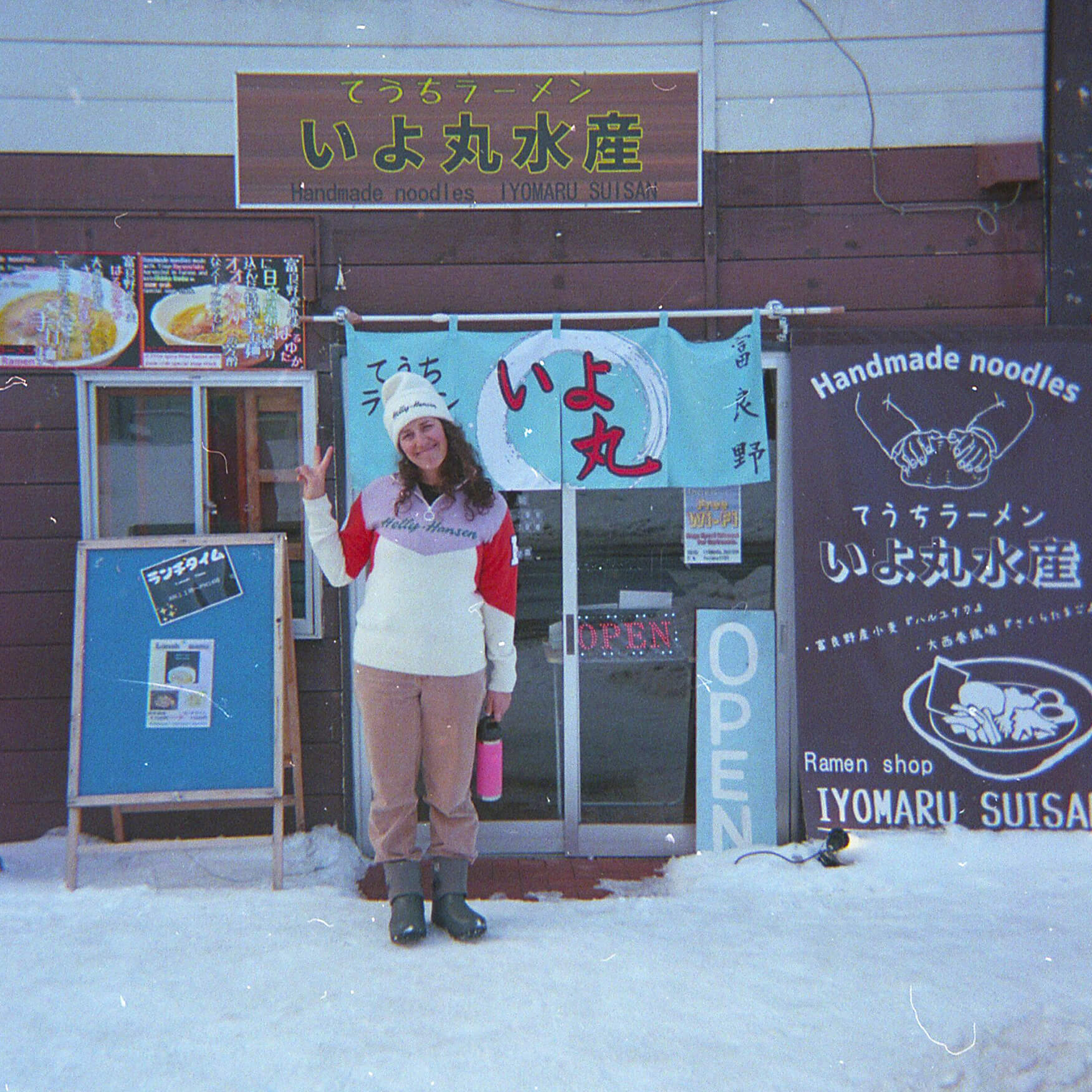
In the 1990s the government of Japan created a system of government-designated rest stops, ‘michi-no-eki’, that have 24-hour public restrooms, free Wi-Fi and a location to park your vehicle and rest. Each rest stop is unique, with some having basic amenities to others boasting onsens, restaurants and other tourist attractions. We used the online map of Michi-No-Eki to guide our travel plans.
Ski Terrain
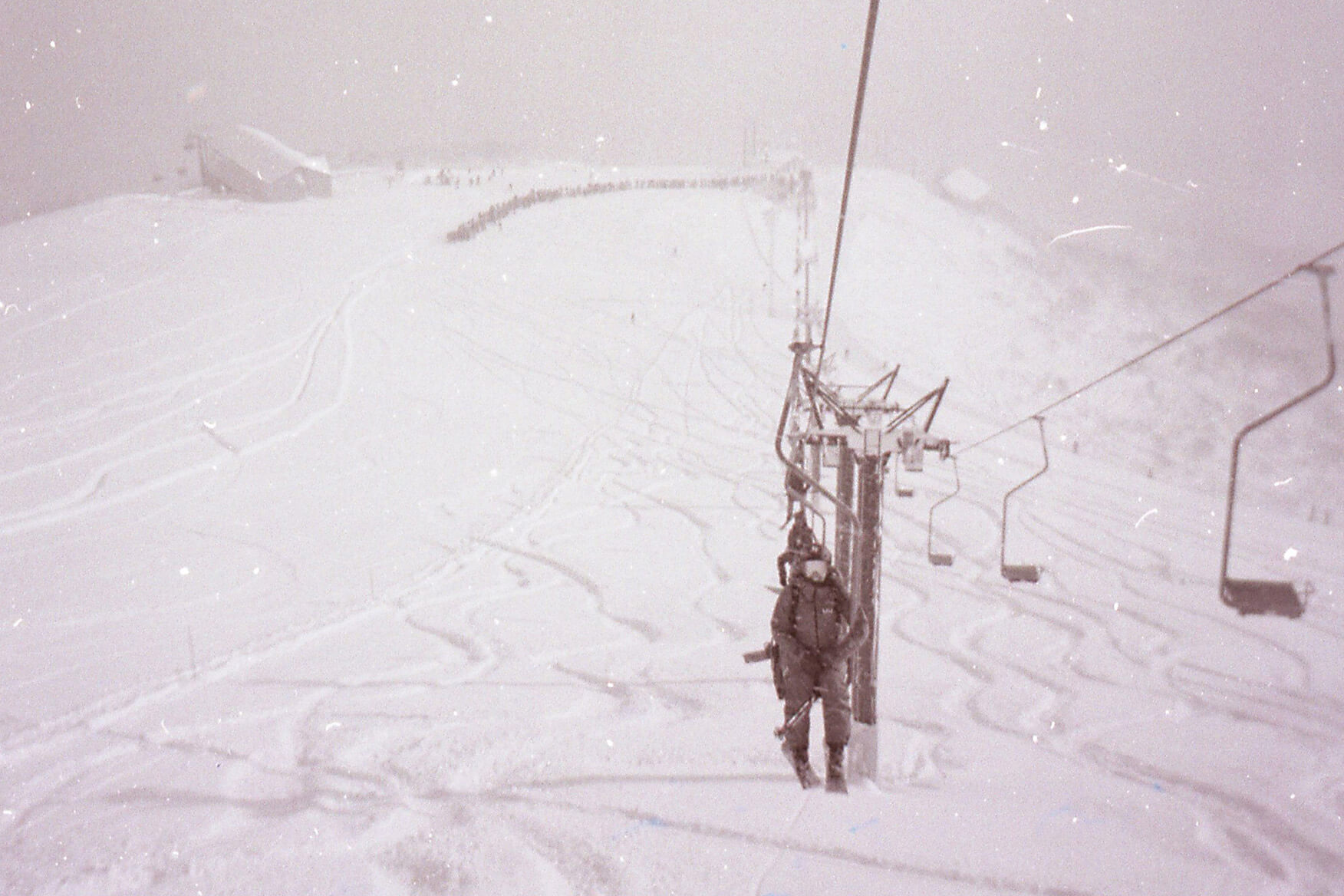
The terrain around Hokkaido is quite different from what you will find in North America and Europe. The terrain is a mix of mellow slopes and steep gullies with unique tree skiing in the aspen and birch forests, with the odd patch of sassafras poking out. It’s perfect for playful, deep, short pitches of powder skiing. Some of the resorts such as Furano and Niseko United boast long alpine runs from their summits but they require some knowledge of the terrain on a storm day.
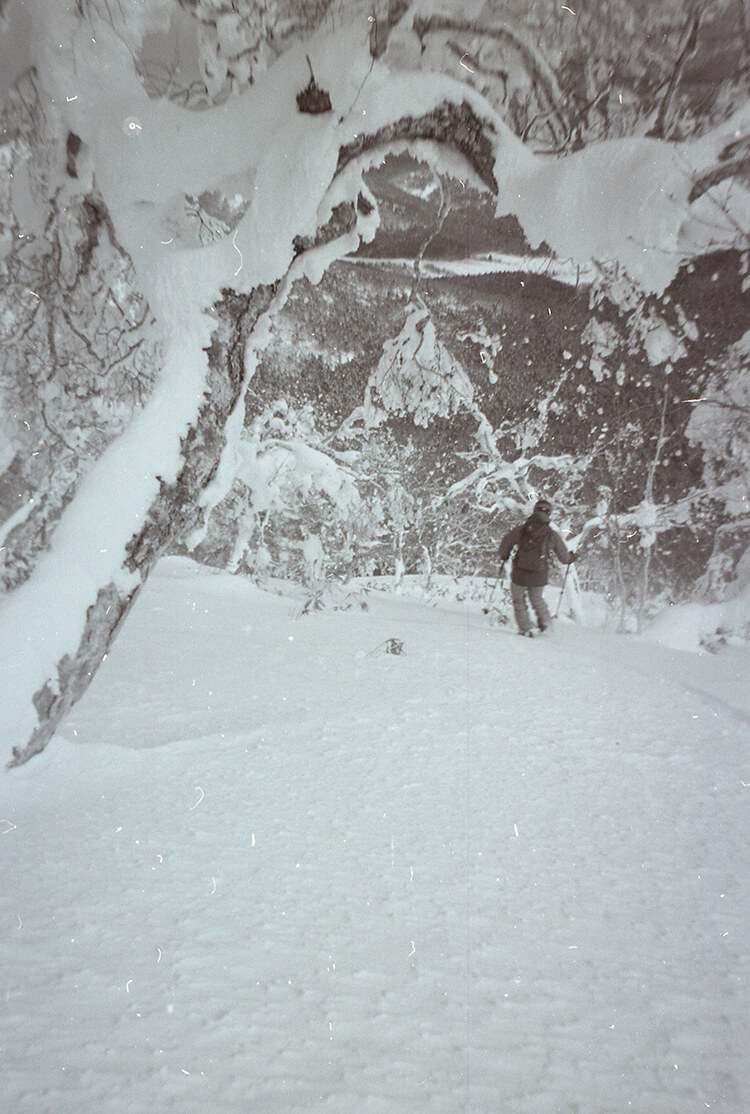
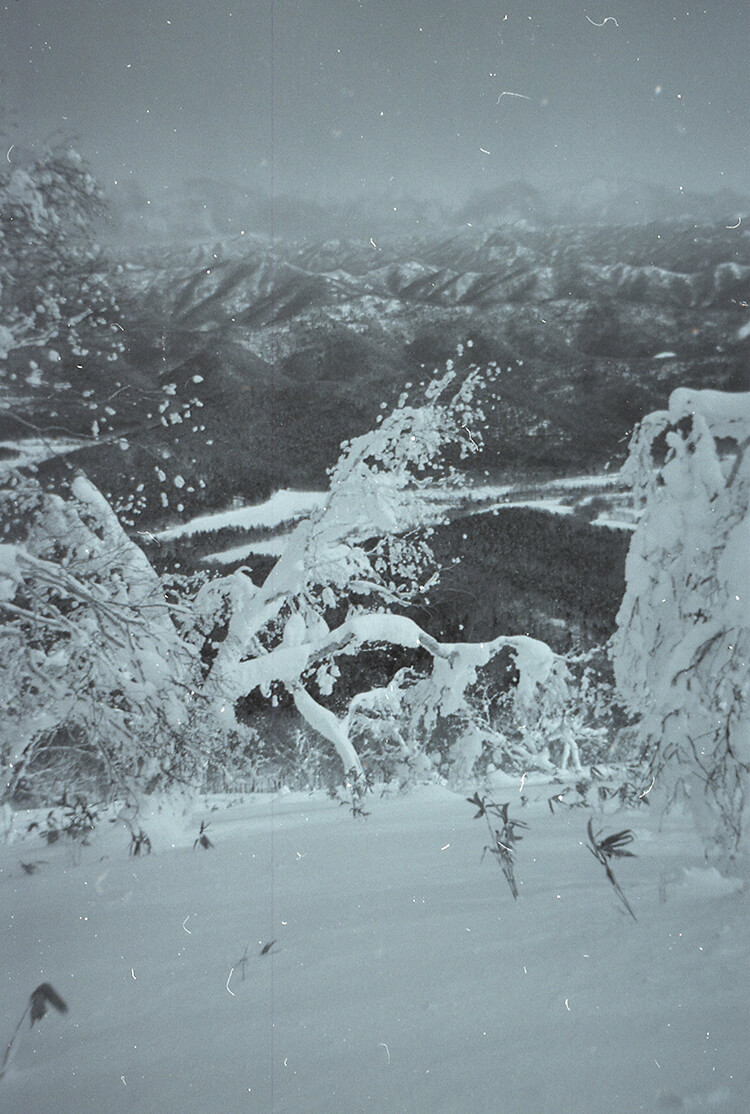
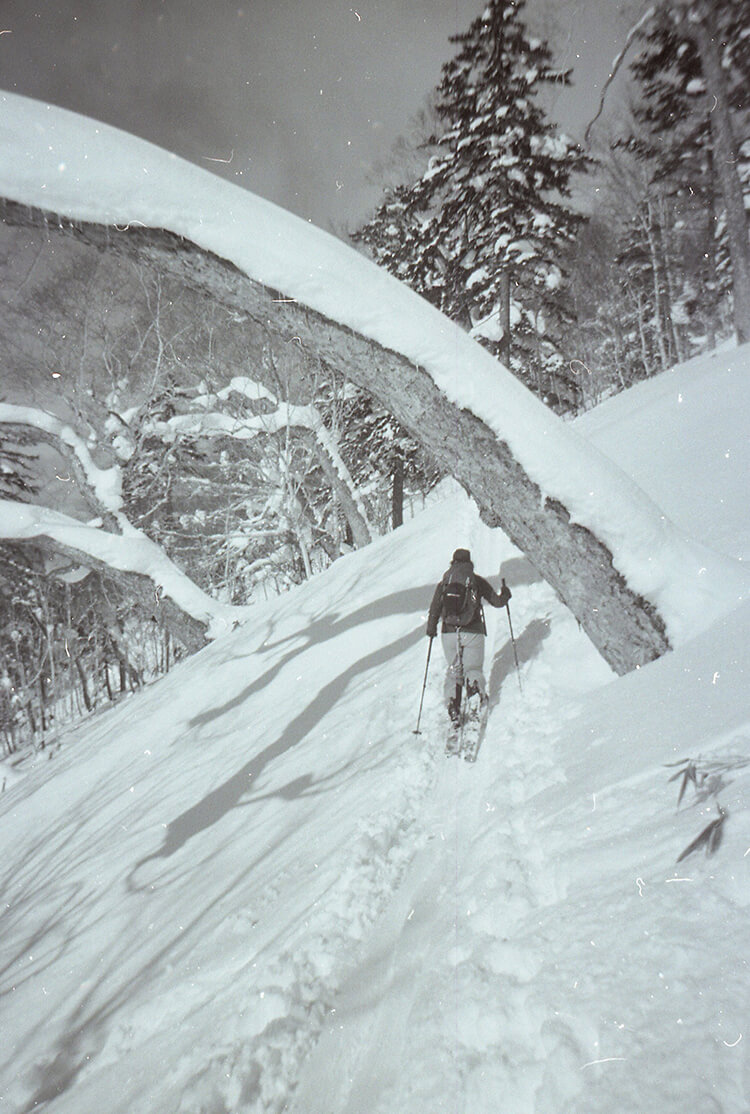
Our focus for the trip was on ski touring, which we did both through lift access in locations such as Kiroro, Tomamu Yama and Ashai-dake, as well as ski touring off the side of the road around Daisetsuzan National Park and Goshiki Onsen.
There is incredible backcountry skiing all over Hokkaido for all ability levels and I really appreciated the information shared by Hokkaido Wilds. They have some great general information about backcountry skiing in the area as well as route information. As someone who has backcountry skied for 15 years this information, coupled with maps and some local beta here and there was enough to get us going. However, I would highly recommend hiring a local guide to show you around, not just for safety but also local knowledge. We got some great tips from Niseko Photography on places to visit and I would highly recommend reaching out to the Japanese Mountain Guide Association to connect with local guides.
Our back up plan
The highlight of our trip, especially given the weather conditions, was spending time in Daisetsuzan National Park, including visiting Asahi-dake and the Tokachi Range in central Hokkaido. We had only planned to spend a few days in the region but once it started snowing, it seemed like the best place to be!
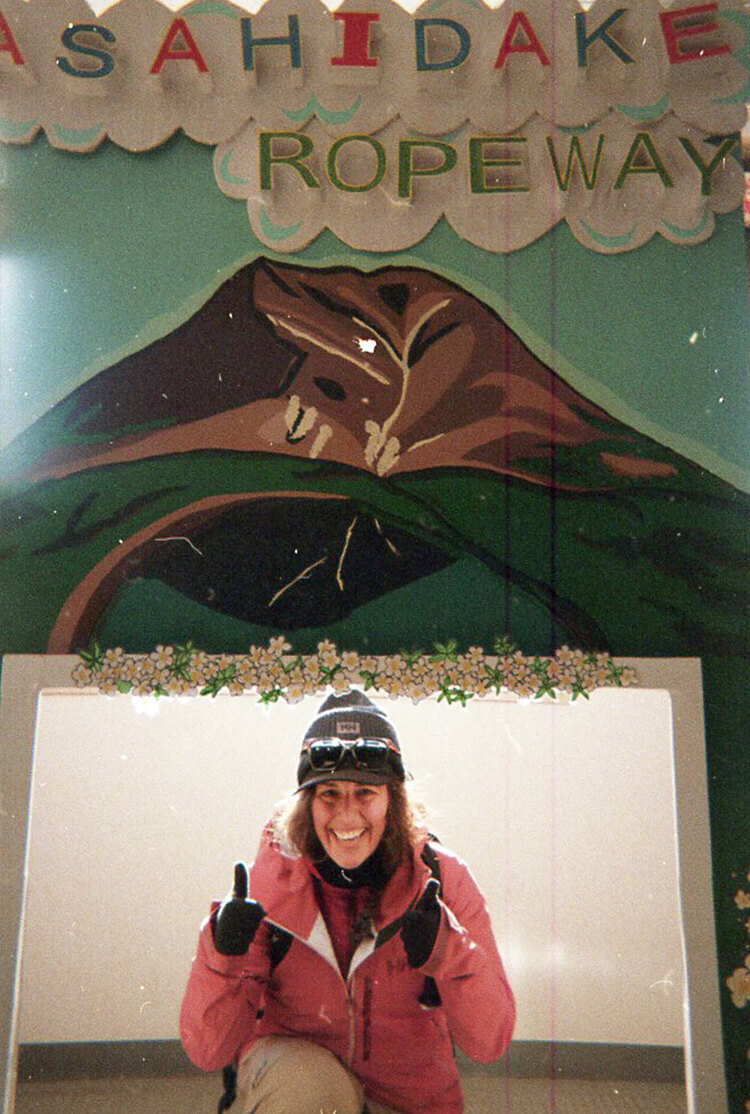
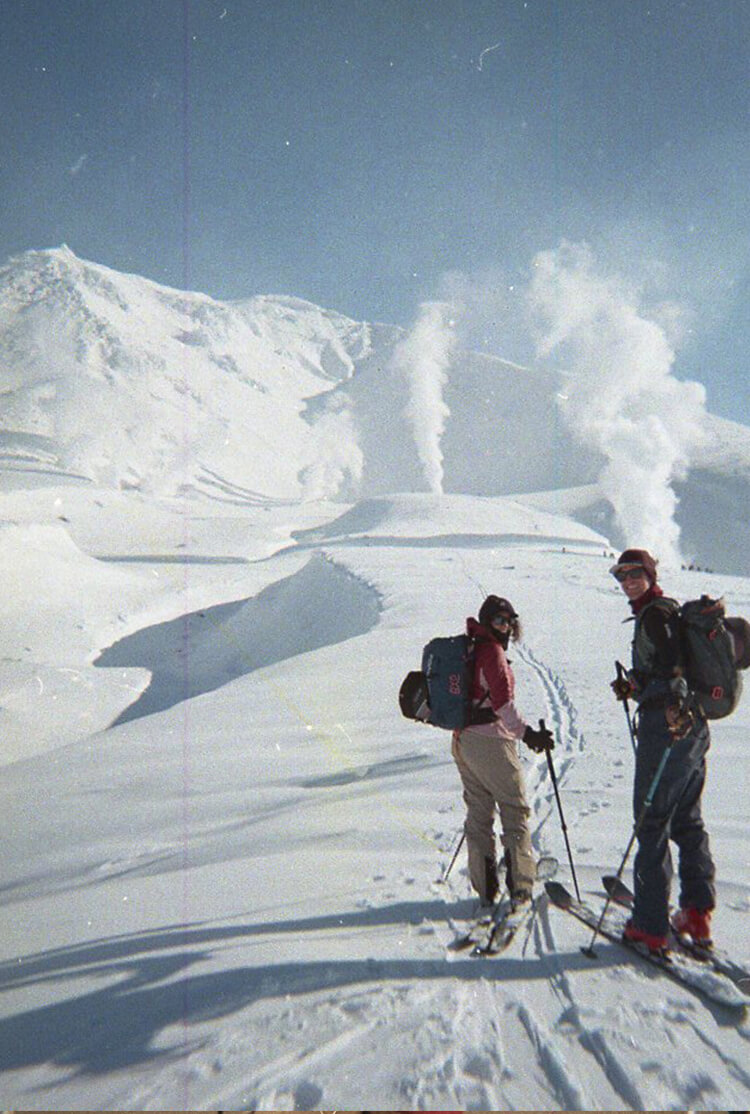
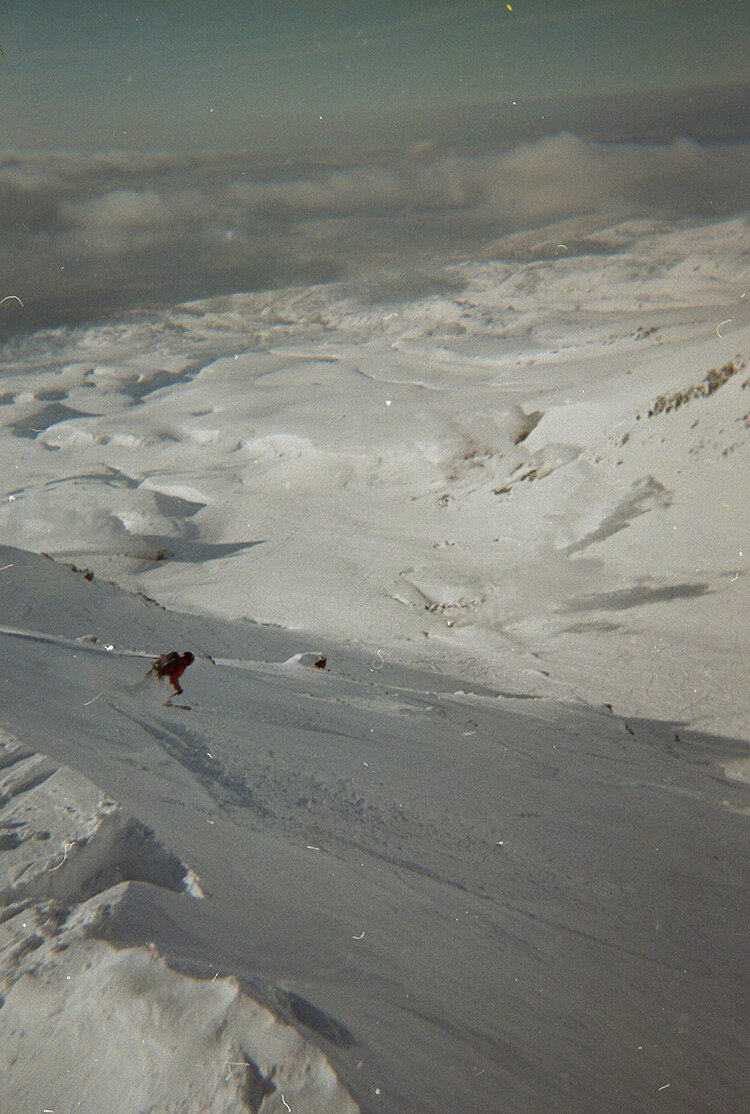
Asahi-dake is the highest mountain in Hokkaido, topping out at 2291 meters. It is designated as an active volcano and is part of the Daisetsuzan Volcanic Group of the Ishikari Mountains, however it hasn’t erupted for nearly 250 years. Despite this, there is still some activity, including open fumaroles around the summit of the peak. The lower section of the peak is serviced by a ropeway (cable car) that offers incredible, inbounds tree skiing and from the top of the ropeway you can ski tour to the top of Ashai-dake via the sulphur scented fumaroles. While an incredible trip, this area is very popular so make sure you are ready to queue at the base for access. On the upside, you can buy 1- ride tickets for around $15 CAD that will take you up to 1600m. We were lucky enough to visit the area on a bluebird day after a fresh 10 cm had fallen. I am not sure we could have asked for a better day.
Our next stop was the Tokachi Range that is accessed via Biei and Furano. This area has an enormous amount of ski touring routes and peaks to explore. It is around 45 mins -1 hour from local town centers and there are several small accommodations available within the national park, however, these were quickly booked out and we had to wrangle locations to park our RV at night.
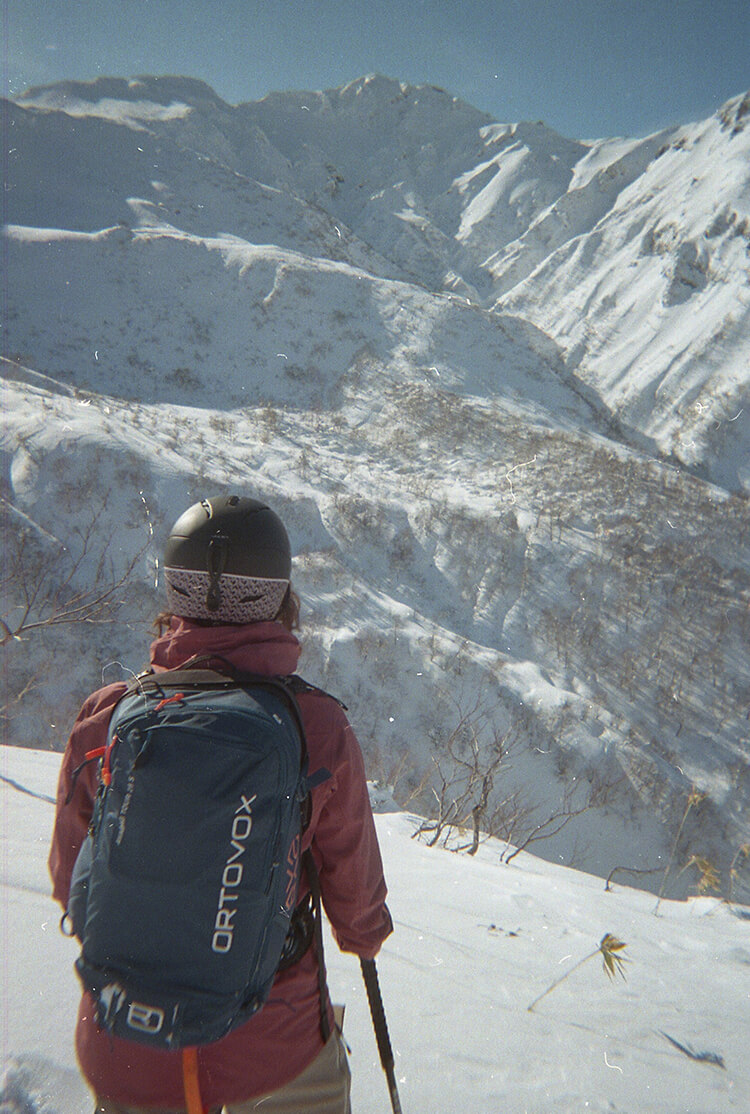
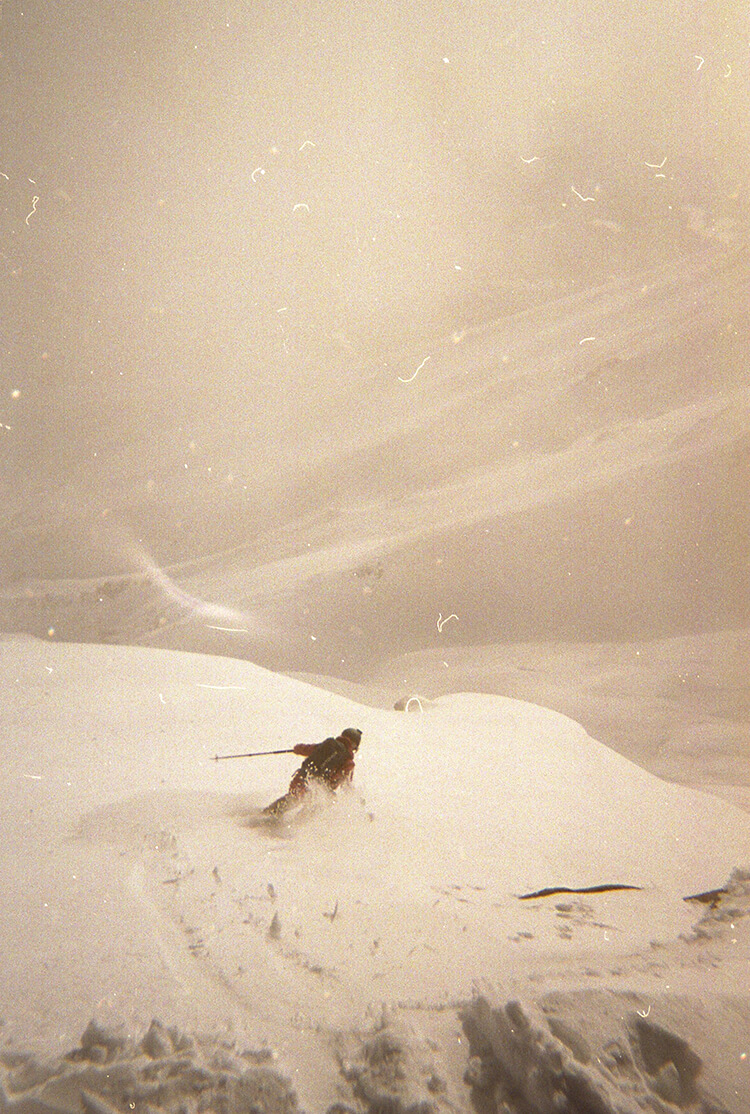
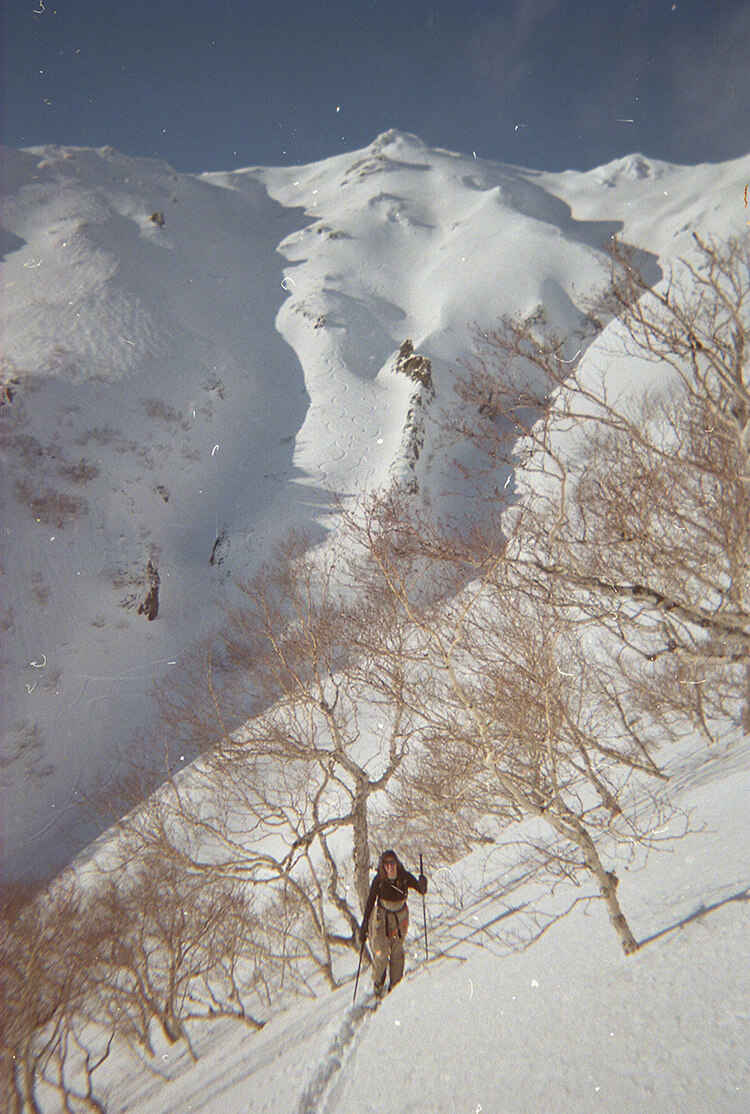
While we still didn’t get the chance to ski Hokkaido’s infamous dep powder snow, during this part of our trip we were able to sample some incredible alpine skiing on Furano-dake and Tokachi-dake. Most days in this area were around 700m -1000m vertical and 12 kilometres return. While the views were incredible, the area is susceptible to wind, and we found the best snow in sheltered areas and lower elevation in the trees. However, with the sun shining, we couldn’t help but explore the wind-blasted alpine. Here’s a short video of climbing up Tokachi-dake.
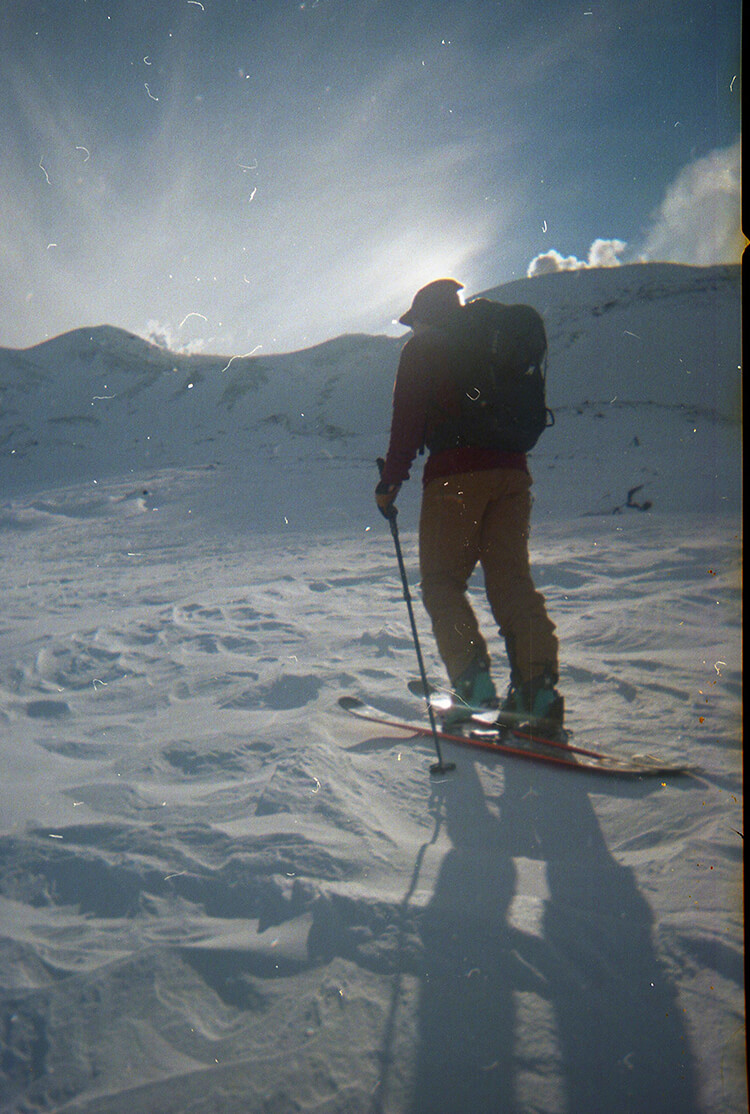
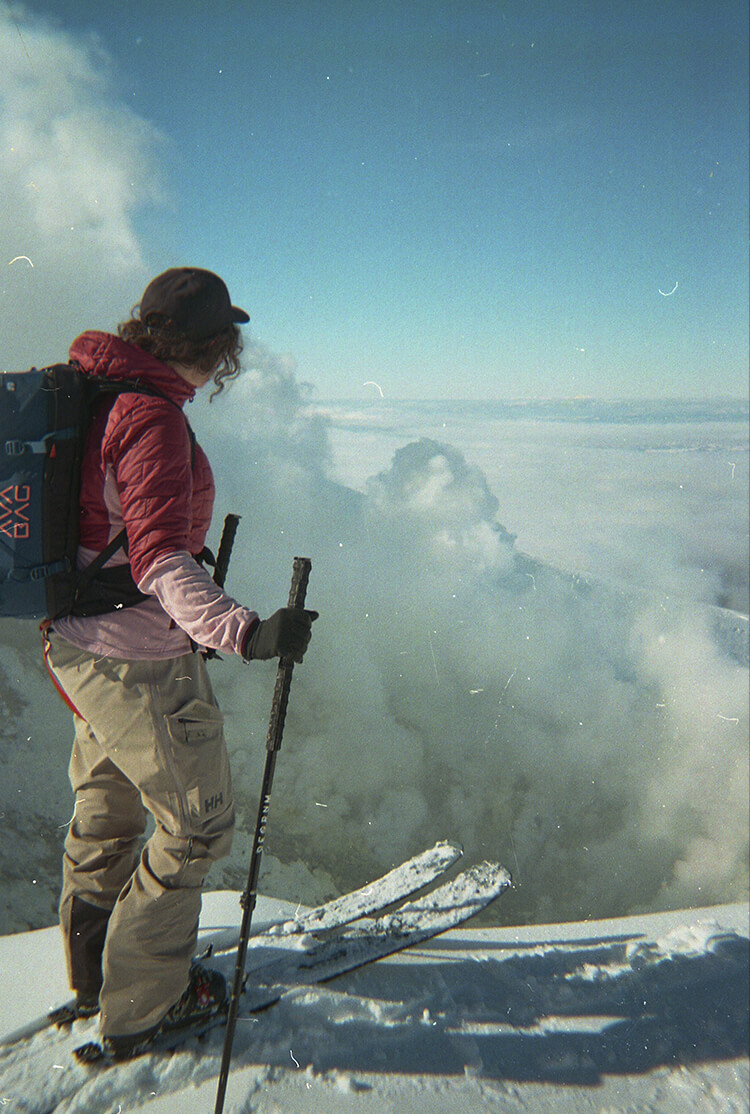
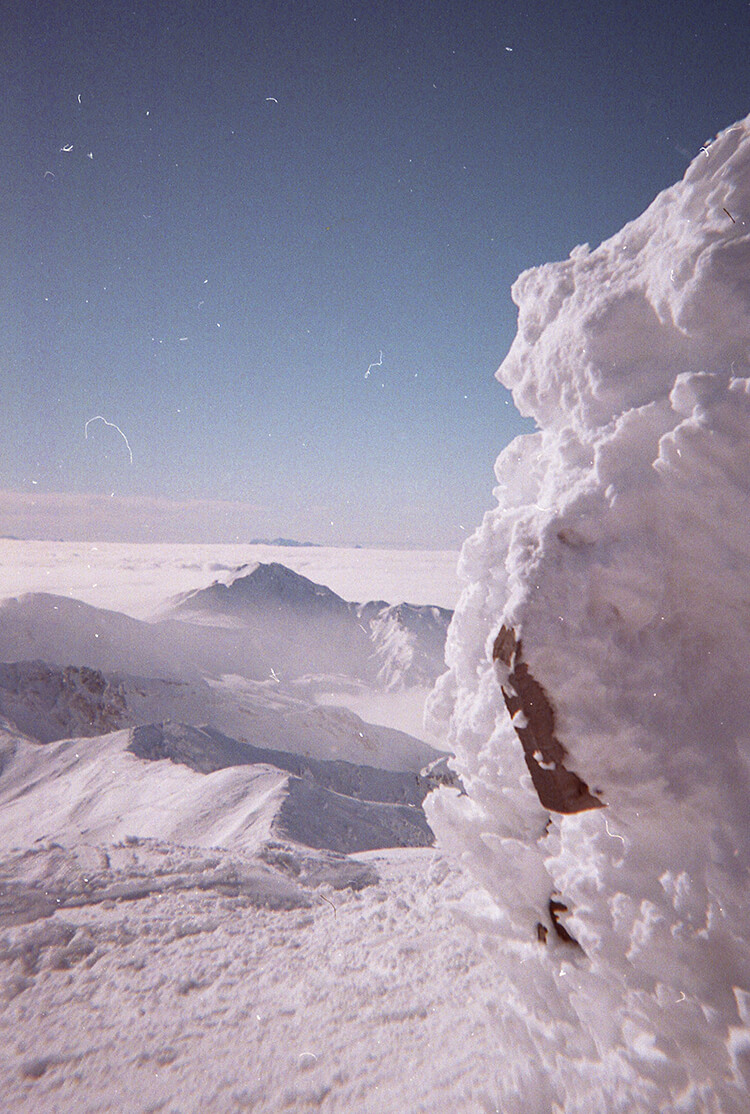
Japan’s Ski Culture
Mountain culture in Japan has many influences from western culture but also a lot of differences. As a visitor I feel like I only skimmed the surface but there are a few special things I love about skiing in Japan! While skiing in resorts there are some amazing on-mountain lodges where you can stop and eat huge bowls of ramen. However, we found that the best way to stay well-fed was to take onigiri and other snacks skiing and then get après or an early dinner at a local ramen restaurant or izakaya (stay-drink-place). The practice of having onsen after most ski days is something I wish I could bring home. On our trip we very quickly started a schedule of ski, onsen, eat ramen, repeat. Most towns in Hokkaido have a local community onsen (which were my favorite to visit), as well as more fancy onsens at slopeside hotels. An onsen consists of separating into gendered areas, removing your clothes and washing yourself, before enjoying, often mineral and spring filled hot baths inside and outside. There are strict rules around onsens, which are usually displayed but usually consist of covering or not entering with tattoos, being quiet and respectful, not wearing clothes or bathing suits and not putting your hair in the baths. After washing and bathing, you can hang out and eat in the relaxation rooms, some onsens just have snacks, others offer meals.
Like in onsens, respect is a large part of Japanese culture, especially when it comes to rules. Taking time to research and understand etiquette in different traditional areas in Japan is worth it for yourself and respecting others around you. It is worthwhile learning some conversational Japanese before your trip!
One of the biggest mistakes we made was not planning enough down time between skiing. We were so focused on skiing that when we had days off it felt like we had to scramble to make ‘touristy plans’. Living in an RV my recommendation would be to find a traditional Japanese bed and breakfast to stay in and enjoy a day in the onsen and relaxing. One of our best down days was visiting Otaru and the surrounding areas where we checked out a whiskey distillery, had an onsen by the ocean, learned how sake was made and visited our first sushi train.
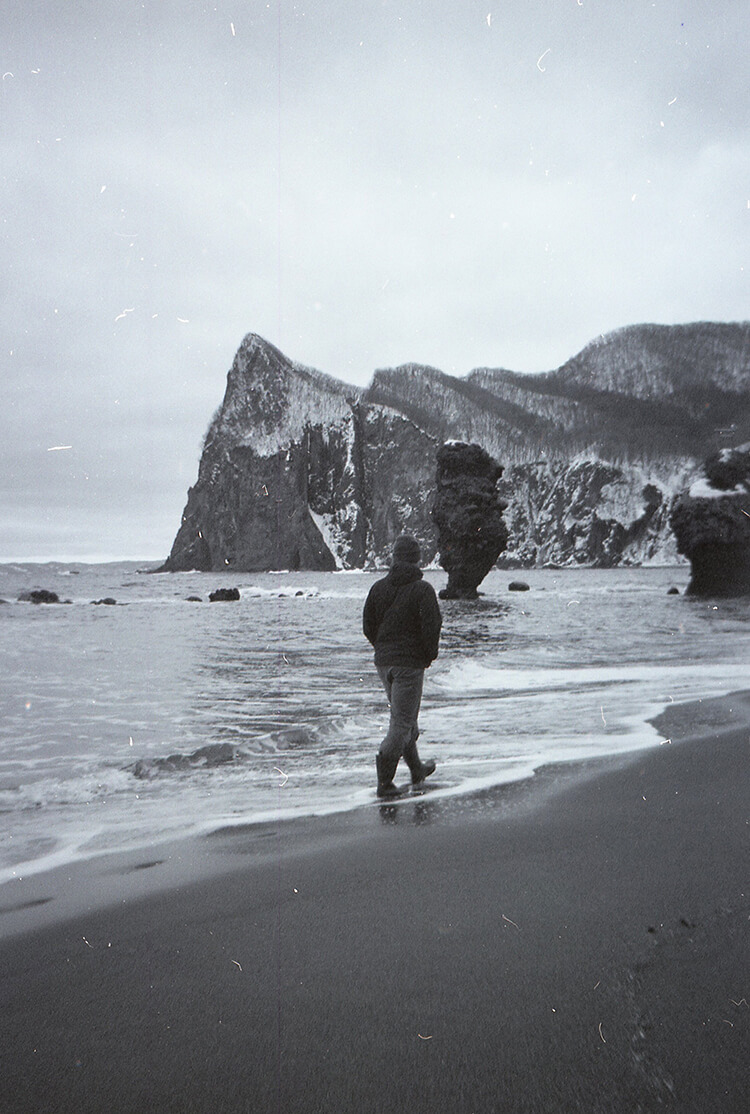
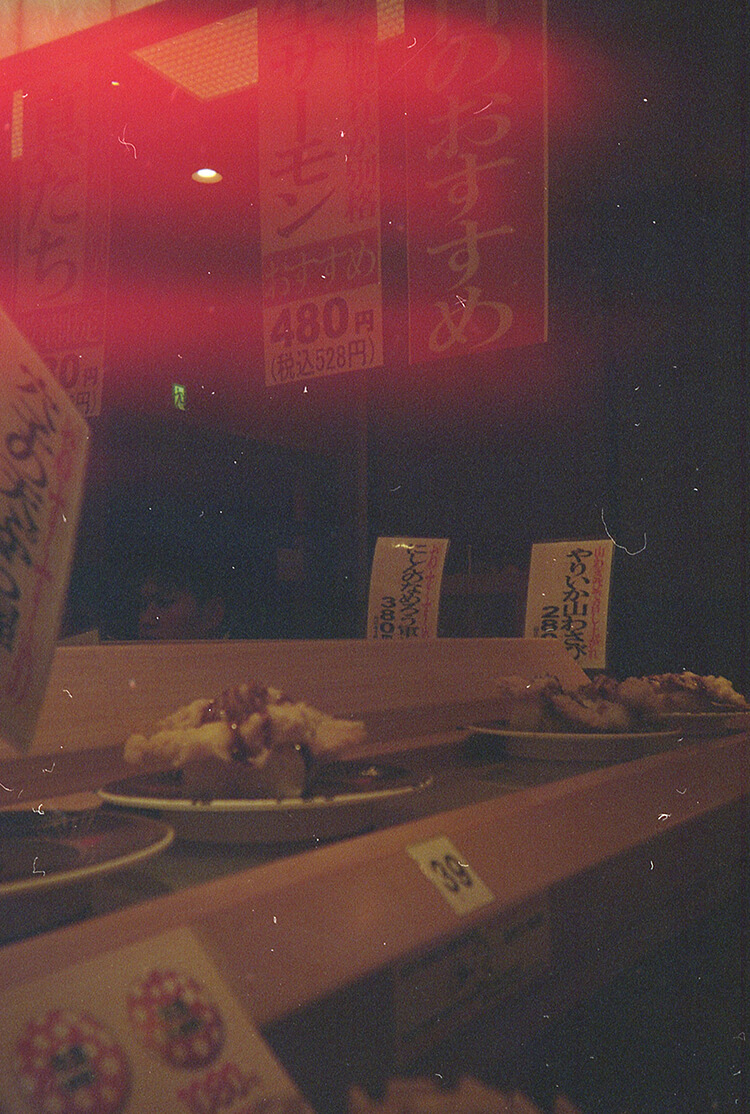
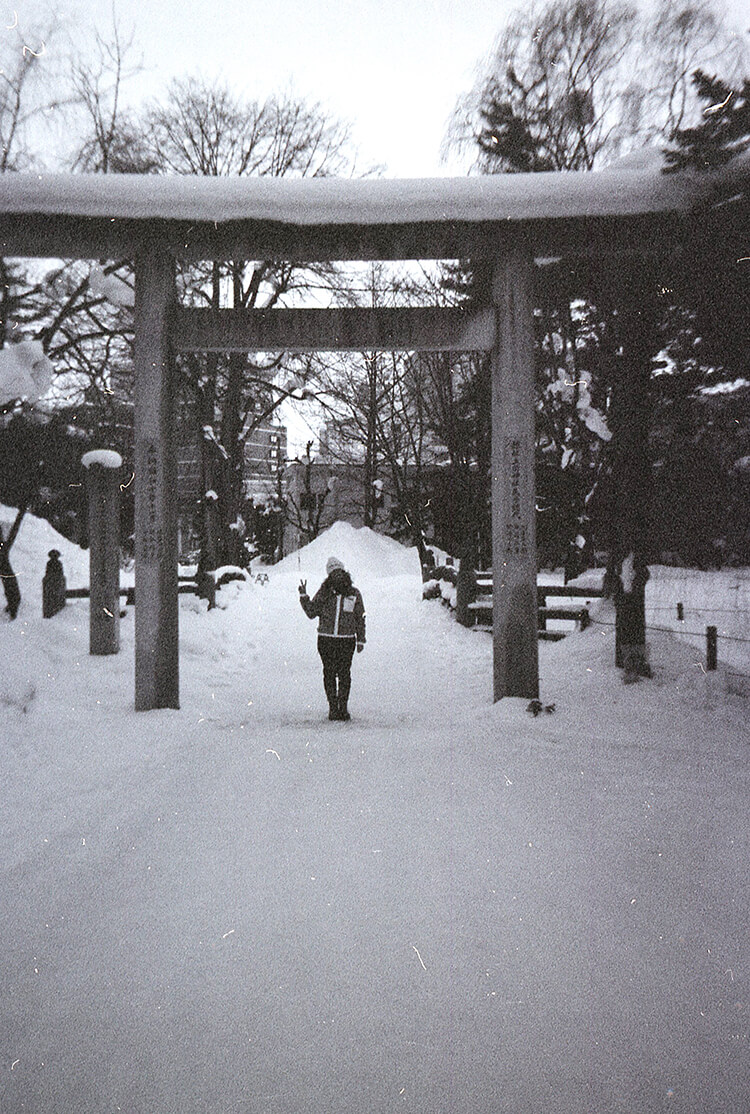
Travel to Japan
There are many different options to fly to Japan. Most flights go through Tokyo, and you want to ensure that if you are connecting from Tokyo to Hokkaido that your international flight arrives and the same area your domestic flight departs! From Tokyo, you can take high-speed trains to explore cities like Osaka, Kyoto, as well as the ski resorts around the island. However, it is easiest to fly from Tokyo to Sapporo if you plan to ski in Hokkaido. Around the mountain areas having a car is helpful so you have more flexibility to explore.
Packing Tips
I overpacked for our trip to Japan! I brought almost double the number of things needed for this trip. Even living in an RV, we generally only needed two sets of thermals, two sets of casual clothes and a few different layering options for cruising around town.
Some of the key equipment I packed and used most days skiing:
● Helly Hansen Verglas Backcountry Ski Jacket and Pants
● Women's LIFALOFT™ Hybrid Insulator Jacket
● Women’s Everdown Jacket (extra layer in my backpack)
● HH merino neck gaiter — I always carry this for uphill and downhill
● Backcountry pack + shovel, probe, first aid kit, repair kit, InReach Mini, thermos and snacks.
Essential Items for travelling around ski areas and in the RV:
● Warm puffy — Verglas Polar Down Jacket
● Post ski — Women's LIFALOFT™ Full-Zip Insulator Pants
● Casual pants for relaxing and casual outings — Thalia Pants
● Cozy sweater — Maridalen fleece
● Post onsen / dinner — Women's Après Knitted Sweater
I also brought two pairs of skis; I think next time I might just bring one…….

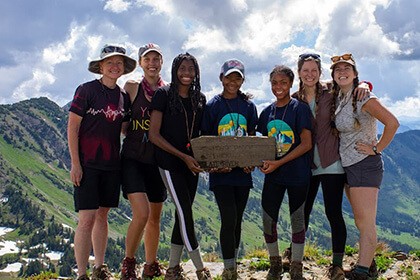
November 17, 2025 3 min read
Giving Tuesday 2025: Helly Hansen gives back to Big City Mountaineers
This Giving Tuesday, save on gear and give young people the gift of adventure! We're donating 5% of US online sales on December 2 to Big City Mountaineers.
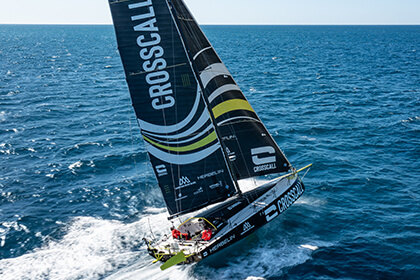
October 21, 2025 4 min read
Transat Café L’OR 2025: A Modern Classic of the Ocean
A double-handed Atlantic sailing epic blending grit, innovation, and coffee-route heritage.